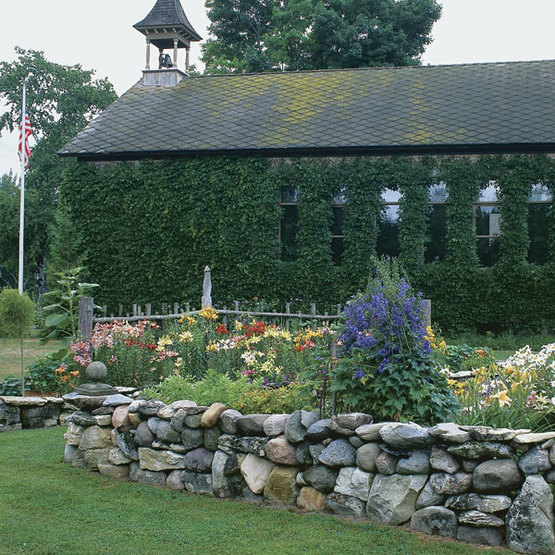
Gardeners have used pressure-treated wood for decades in raised beds and as posts, but on December 31, 2003, the Environmental Protection Agency (EPA) banned the sale of lumber treated with chromated copper arsenate (CCA) for residential use. Concerns have focused on the leaching of arsenic from pressure-treated wood into the soil, contaminating plants and people. Two compounds, quite similar to each other but sold by different suppliers, have now replaced CCA wood in the residential market. Are these new products safe to use in our home gardens? The answer, unfortunately, is not simple.
The compounds currently being used are alkaline copper quat (ACQ) and copper azole (CA-B). Both contain copper and a fungicide but no arsenic. The copper keeps insects at bay, and the fungicide prevents soil fungus from attacking the wood. In ACQ, the fungicide is quat, which is also used in swimming-pool chemicals and as a disinfectant. One of the brand names using ACQ is Preserve. The other compound, CA-B, uses copper and tebuconazole, a fungicide used on food crops. Brand names of this new pressure-treated wood include NatureWood, Wolmanized Outdoor, and Natural Select.
According to Miles McEvoy, who works in organic certification with the Washington State Department of Agriculture, no pressure-treated wood is allowed in soils used to grow organic food. If you want to meet this high standard, choose a different material. Studies have shown that arsenic from wood treated with CCA leaches into the soil and that copper, although much less toxic, leaches from ACQ and copper boron azole (CBA, a variant of CA-B).
Sally Brown, a research assistant professor of soils at the University of Washington, knows her way around both food and metals. Starting out as a chef and then a food broker between farmers and restaurants, she became fascinated with soils and went on to earn a PhD in agronomy. Brown’s current research includes identifying the mechanisms by which organic residuals reduce the availability of soil metals to plants. She has some hard-earned opinions.
Brown says that if you already have the older, arsenic-treated wood in your garden, don’t panic. Plants will not take up arsenic unless the soils are deficient in phosphorus. That is not a problem for gardeners who use compost generously. As for the new copper-based wood treatments, Brown believes the actual risk is minimal. First of all, if plants take up too much copper, they will die before a gardener can eat them. In addition, if homegrown vegetables make up a small percentage of the diet, exposure to any metal taken up is insignificant. Do not use copper near ponds and streams because it is toxic to aquatic life.
The perceived risk is another story. Gardening can be just as much an act of faith as it is science, and the opinions of all the scientists in the world may not convince you to let pressure-treated wood contact your soil. You can isolate pressure-treated wood by lining the inside of a bed with heavy plastic to prevent leaching of chemicals from the wood into the soil. Top your bed with boards of untreated lumber to make a flat top to sit on and to avoid contact with the wood, particularly if you have CCA-treated wood in your garden. Even though the new pressure-treated woods are considered safe, Wolmanized Outdoor, according to its Web site, does not recommend using pressure-treated wood where the preservatives may become a component of food. Its recommendation is to use an impervious liner between the wood and the soil.
Consider using alternatives, such as decay-resistant wood like redwood or red cedar. Discuss with your lumber dealer whether its wood is heartwood, which lasts longer then sapwood from the same tree. If you are concerned about sustainable harvesting of wood, contact the Forest Stewardship Council (www.fsc.org). You may also want to consider another point: Pressure-treated wood does, in fact, last longer then untreated wood, so using it might mean fewer trees would be cut.
What are the choices?
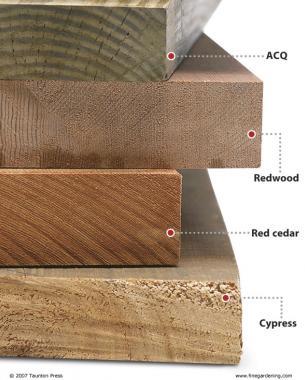
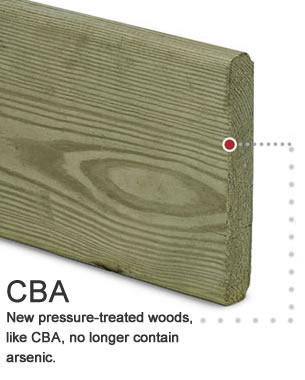
Pressure-treated wood:
ACQ and cba
Resist decay with copper (to repel insects) and a fungicide; should not be used near ponds or streams
Natural wood:
Redwood, cypress, and red cedar
All are rot resistant to varying degrees; can be expensive; supplies may be limited by region
Alternatives to wood
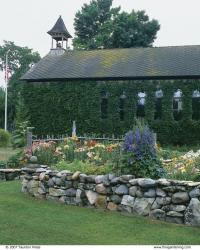
Photo/Illustration: Lee Anne White
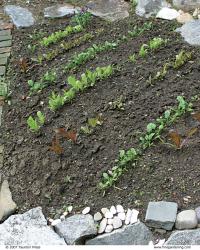
Photo/Illustration: Janet Jemmott
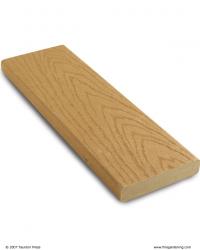
If you’d like to avoid wood treated with chemical preservatives, there are a couple of options.
Raised beds
One choice is to create raised beds by mounding the soil and sloping the sides, avoiding the entire issue of what material to use to contain them. Make them the same size as you would standard raised beds, with pathways in between. Also consider building raised beds with natural stone, brick, or concrete block.
Recycled plastic lumber
A second choice is recycled plastic lumber, made out of consumer waste that would otherwise end up in landfills. Raised-bed kits are available from many suppliers, or you can build your own. Trex (www.trex.com) is just one of the plastic lumber brand names to consider.
Fine Gardening Recommended Products

The Crevice Garden: How to make the perfect home for plants from rocky places
Fine Gardening receives a commission for items purchased through links on this site, including Amazon Associates and other affiliate advertising programs.
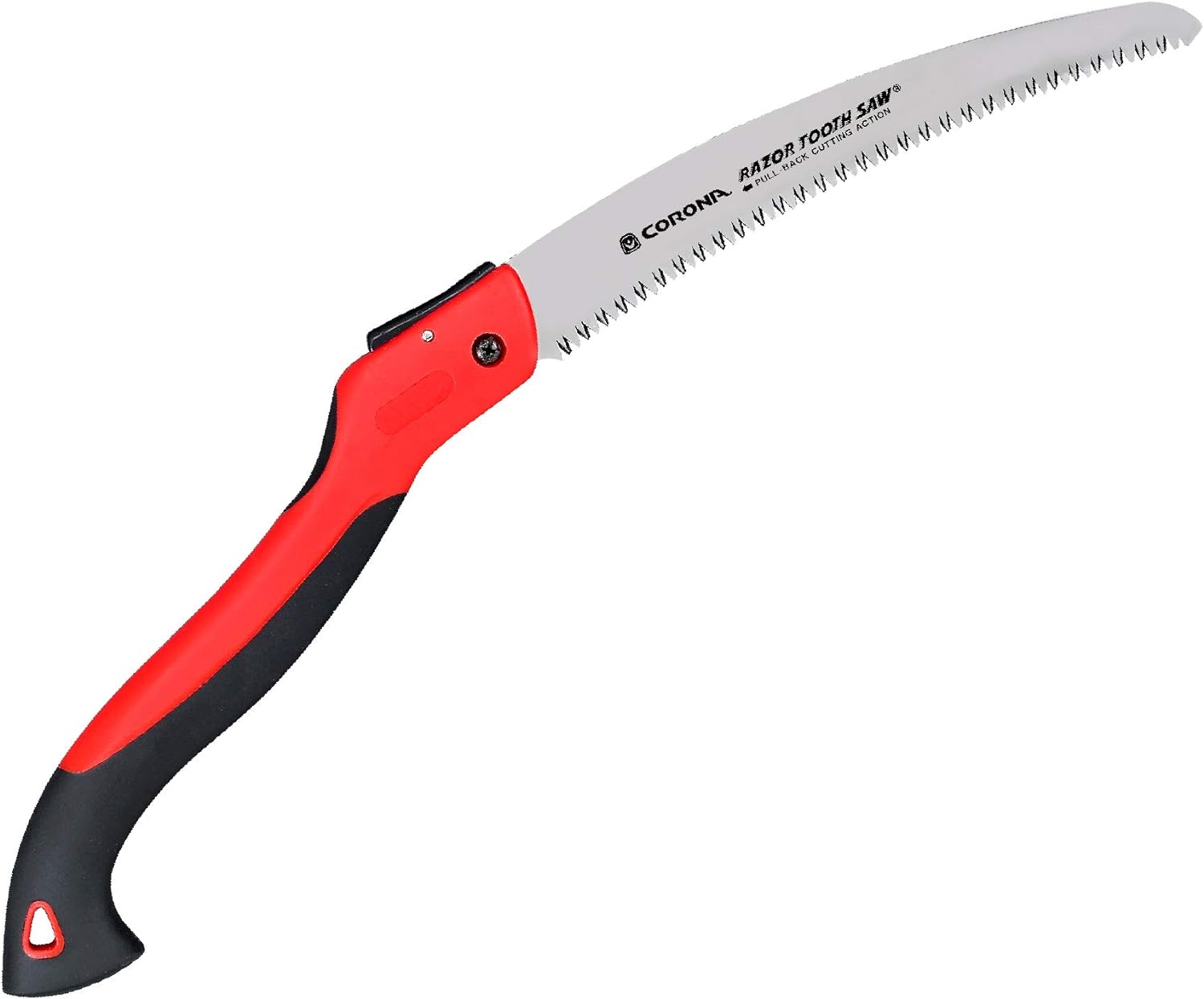
Corona Tools 10-Inch RazorTOOTH Folding Saw
Fine Gardening receives a commission for items purchased through links on this site, including Amazon Associates and other affiliate advertising programs.

Spear & Jackson 4930FZ Razorsharp Telescopic Tree Pruner
Fine Gardening receives a commission for items purchased through links on this site, including Amazon Associates and other affiliate advertising programs.

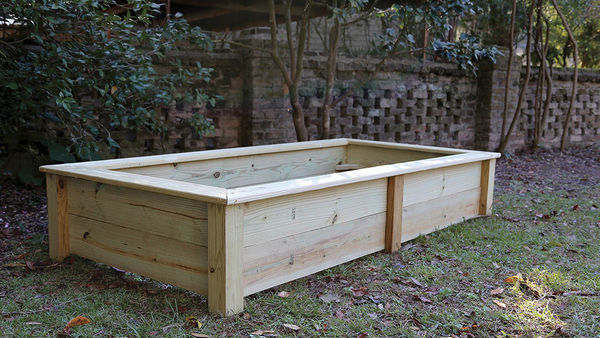
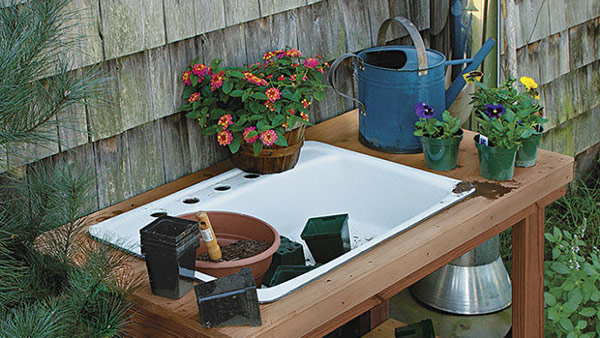

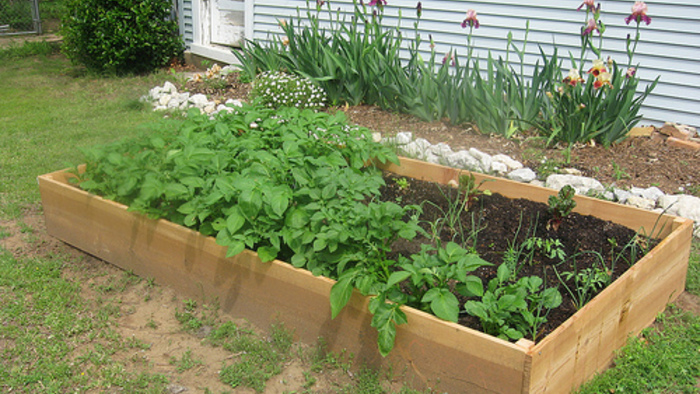
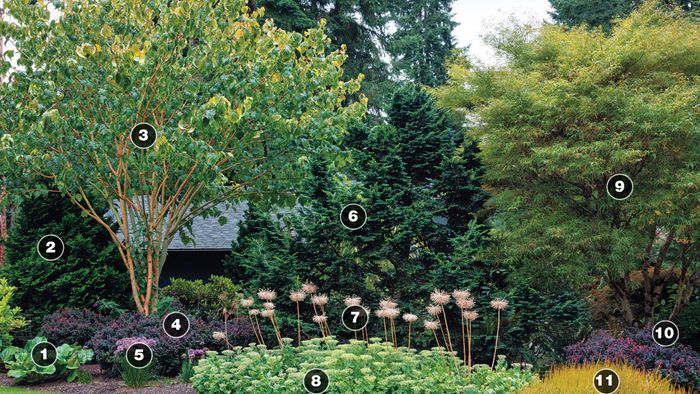












Comments
You mention Concrete Block raised beds, but what about leaching from the Concrete? Isn't their some sort of Flyash and other carcinogenics in concrete?
I think you are mistaking concrete blocks for cinder blocks. concrete consists of aggregate of sand & stone (gravel) & Portland cement .they are durable & resist frost this trait allows them to be used below grade. cinder blocks are similar, except they are partially cinders & fly ash to make them lighter & cheaper. they are no good below grade (buried) because freezing will destroy them. if you use poured concrete , make sure the Portland cement used has air entrainment in it . this will make it frost resistant in freezing locations . .I don't think the cured concrete & concrete block & mortar have any carcinogenic effect. (swimming pools as an example) sincerely , ricardo , p.s. I hope I haven't bored you with too much information.
I love juniper as a long-lasting, affordable alternative to pressure treated lumber. It is untreated, organic wood but lasts 30+ years in ground contact installations like raised garden beds.
http://www.snwwood.com/Decking-and-Landscaping/Restoration-Juniper-Landscape-Timbers
I've used in the past fir. Oldest planting bed with balsam fir is now eight years old, and still in pretty good shape.
I would like to use pressure-treated wood for construction of my garden and I plan on using a plastic liner between the wood and soil. I have a few questions though:
1.) Do I have to line the bottom of the garden, even if it is not directly in contact with the pressure-treated wood?
2.) If so, do I poke holes in the bottom of the plastic so that water can drain from the soil?
3.) At what depth do I bury the plastic? In other words, how much soil do I need to have so the roots won't penetrate the plastic?
4.) How thick (what MIL size) should I use?
5.) How often do I need to replace it the plastic?
Thanks!
- Chris
cbirckphoto@gmail.com
how long does this stuff leach though? a friend has very old pressure treated wood from a porch that was demolished years ago, just been sitting in a pile in their lawn. was a porch for some years prior. its about a decade old wood now, and been subject to all manner of elements, buried in maines snowy winters, rain, wind and sun. id like to know even if it is the old stuff, which it might have just passed the window of the 2003 regulations, not sure, but regardless, how much of the various chemicals can be expected to remain in old pressure treated wood?
Same here. I just inherited some old raised beds in excellent condition that sat for years in the rain. I'm tempted to use them for growing food. Let me know if you find anything out.
Very informative!
Thanks for sharing this post!
Thanks for posting an awesome article on this topic. I'm not sure if you know this but pressure treated woods are often used in garden beds and gardens. The treatment makes the wood resistant to insect infestation, rot, and decay. It also helps the wood resist water damage from rain or sprinklers by sealing it with a clear sealant. professional tree services
Thanks so much for your article on the safety of pressure-treated wood in home gardens. I'm glad to know that there are alternatives to CCA treated wood like ACQ and QAC.
I was wondering if you would be interested in learning more about our site abbotsford tree service
I enjoyed reading your post, "Are Pressure Treated Woods Safe in Garden Beds?" I'm sure many people would want to know more about this. Is there a way we can add the link to it on our website? It will be greatly appreciated! -tree service
Log in or create an account to post a comment.
Sign up Log in